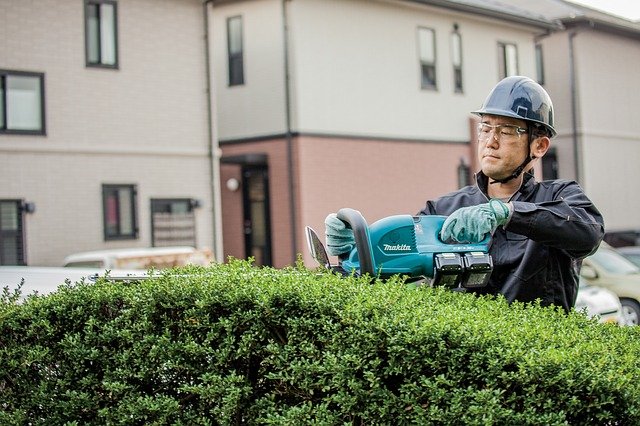If you are building or remodeling a house and are considering a property boundary, you can choose a classic fence type or consider the option of an evergreen fence or a fence that changes throughout the year. Both the house and the garden offer endless worries and work, but also joy and fun. Those who choose to have a family home must consider that maintenance and renovation will cost something, not only money, but also our efforts and time. Of course, much can be made easier so that living in a home does not become an endless drudgery.

As far as the fences on the property are concerned, hedges logically require maintenance, which in most cases is trimming, which can be done by a gardening company or by us with the proper tools. It is not a complicated task, and over time we can learn to get the right grip.
Before trimming a hedge, however, you need to decide what kind of hedge you actually want. There are many options to choose from. It is certainly best to think beforehand about how fast you need the hedge to grow and how high you have in mind.

The most common hedges in our country and their characteristics are.
– Yew and cypress – very common in our conditions, can make dense fences up to 3 meters high, they grow quickly, they are evergreen trees, but they have opposition and we need to solve this urgently so that we do not lose the precious screen, they also can begin to die back to yellow,
.
– Spruce, pine, and yew – these conifers tolerate a wide variety of conditions well, are weather-tolerant, and grow to mind-boggling heights.
– Hornbeam-a very popular hedge tree in recent years, it grows very fast and forms impervious walls. Its leaves do not fall off in winter, so they do not cause canes and only fall off in the spring when new leaves emerge.
– Boxwood, also very popular because of its excellent form, is slow growing but with time can grow up to 2 meters tall.
– Various flowering and fruiting shrubs such as goldenrain, rhododendron, sea buckthorn, and aronia are also used for fencing
.
– Raspberry and blackberry bushes, or dogwood and ivy, also crawl well over existing hedges.